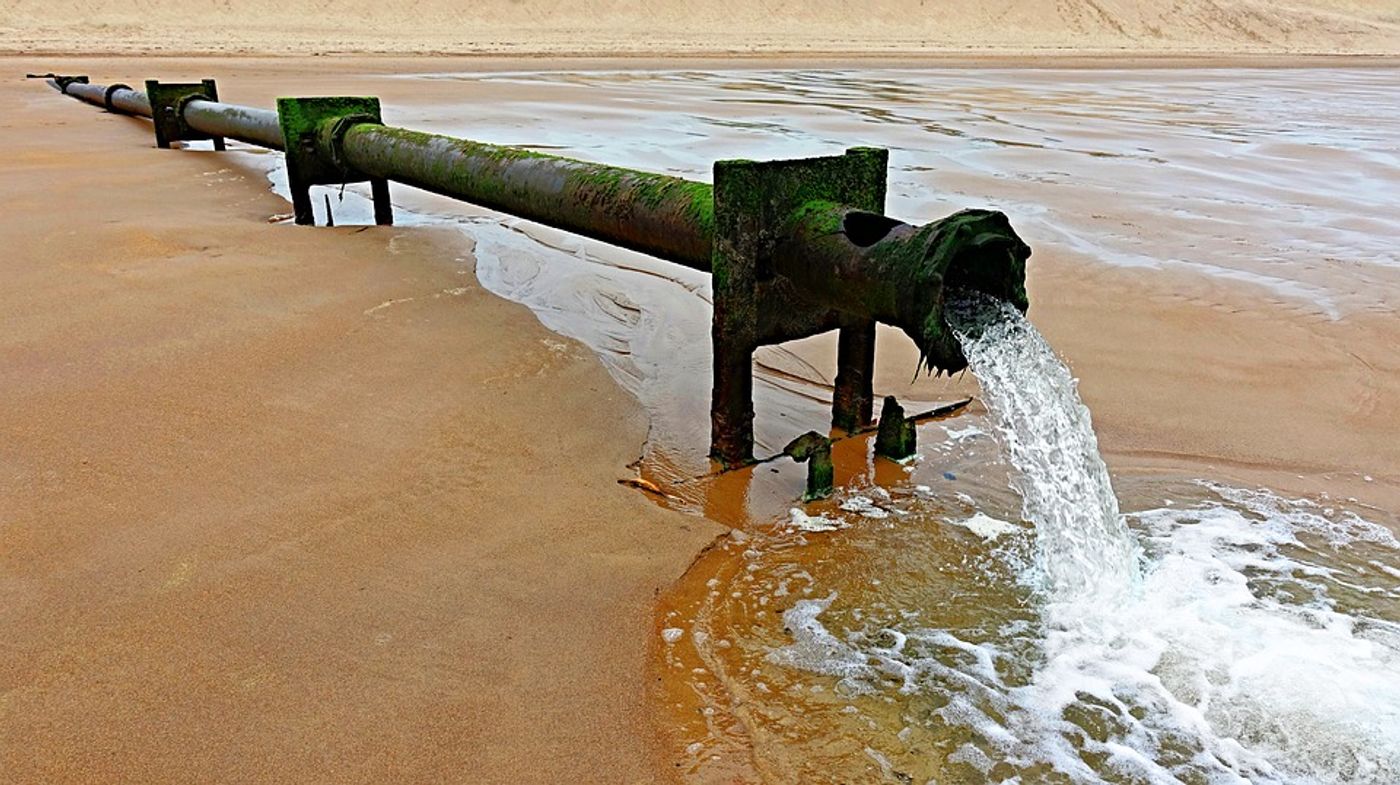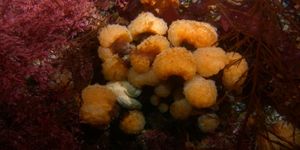Common mineral found to destroy forever chemicals in contaminated water
You have probably heard the recent concerns about PFAS, otherwise known as per/polyfluoroalkyl substances (PFAS) or forever chemicals because they have been dubbed with the ominous trait of never degrading. A group of man-made chemicals that have been in use since the 1940s, PFAS are in many products like cookware, food packaging, and stain repellents. They have been linked to many adverse health effects including liver damage, thyroid disease, decreased fertility, high cholesterol, obesity, hormone suppression, and cancer. It has also been shown that PFAS may be released into the air, soil, and water, including sources of drinking water. Yikes!
Yet despite this huge sounding alarm, the scientific community is lacking effective ways to treat water that would decontaminate water sources from the presence of PFAS. Now chemical engineers from Rice University have discovered a catalyst - boron nitride - that is capable of degrading PFAS. Their discovery came as a surprise, even to them.
"It was the control," said Rice Professor Michael Wong, referring to the control group of the experiment - not a place that typically yields unexpected results. "We tried a lot of things," said Wong, chair of the Department of Chemical and Biomolecular Engineering in Rice's Brown School of Engineering. "We tried several materials that I thought were going to work. None of them did. This wasn't supposed to work, and it did."
The light-activated catalyst they discovered is boron nitride (BN), a synthetic mineral that's common in makeup, skincare products, and thermal pastes that cool computer chips, among other products. And it's that light activation that makes this finding both so unexpected and effective.
"Here's the observation," Wong said. "You take a flask of water that contains some PFOA, you throw in your BN powder, and you seal it up. That's it. You don't need to add any hydrogen or purge it with oxygen. It's just the air we breathe, the contaminated water and the BN powder. You expose that to ultraviolet light, specifically to UV-C light with a wavelength of 254 nanometers, come back in four hours, and 99% of the PFOA has been transformed into fluoride, carbon dioxide, and hydrogen. If you take away the light, you don't get catalysis," Wong said. "If you leave out the BN powder and only use the light, you don't get a reaction."
The researchers also tried out their catalyst on another forever chemical known as GenX. While not quite as effective as the results on PFOA, BN was able to destroy roughly 20% of the GenX in water after two hours of exposure to UV light.
The team remains excited about their findings and plans to collaborate with industries to commercialize the catalyst. There’s a lot of potential, says Wong. "We haven't yet tested this at a full scale, but in our benchtop tests in the lab, we could get rid of 99% of PFOA in four hours."
This study was published online in the American Chemical Society journal Environmental Science and Technology Letters.
Sources: Environmental Science and Technology Letters, Science Daily









